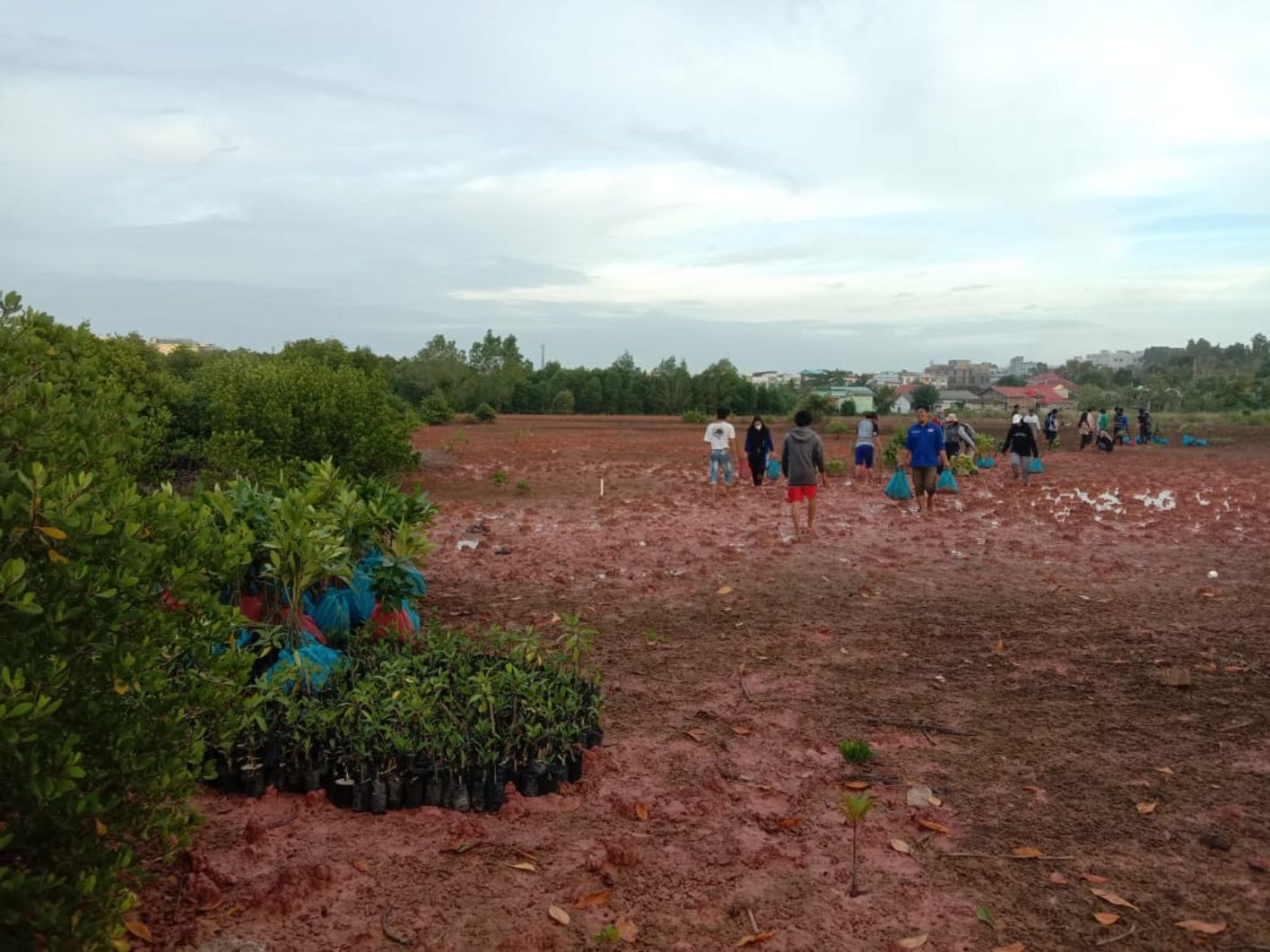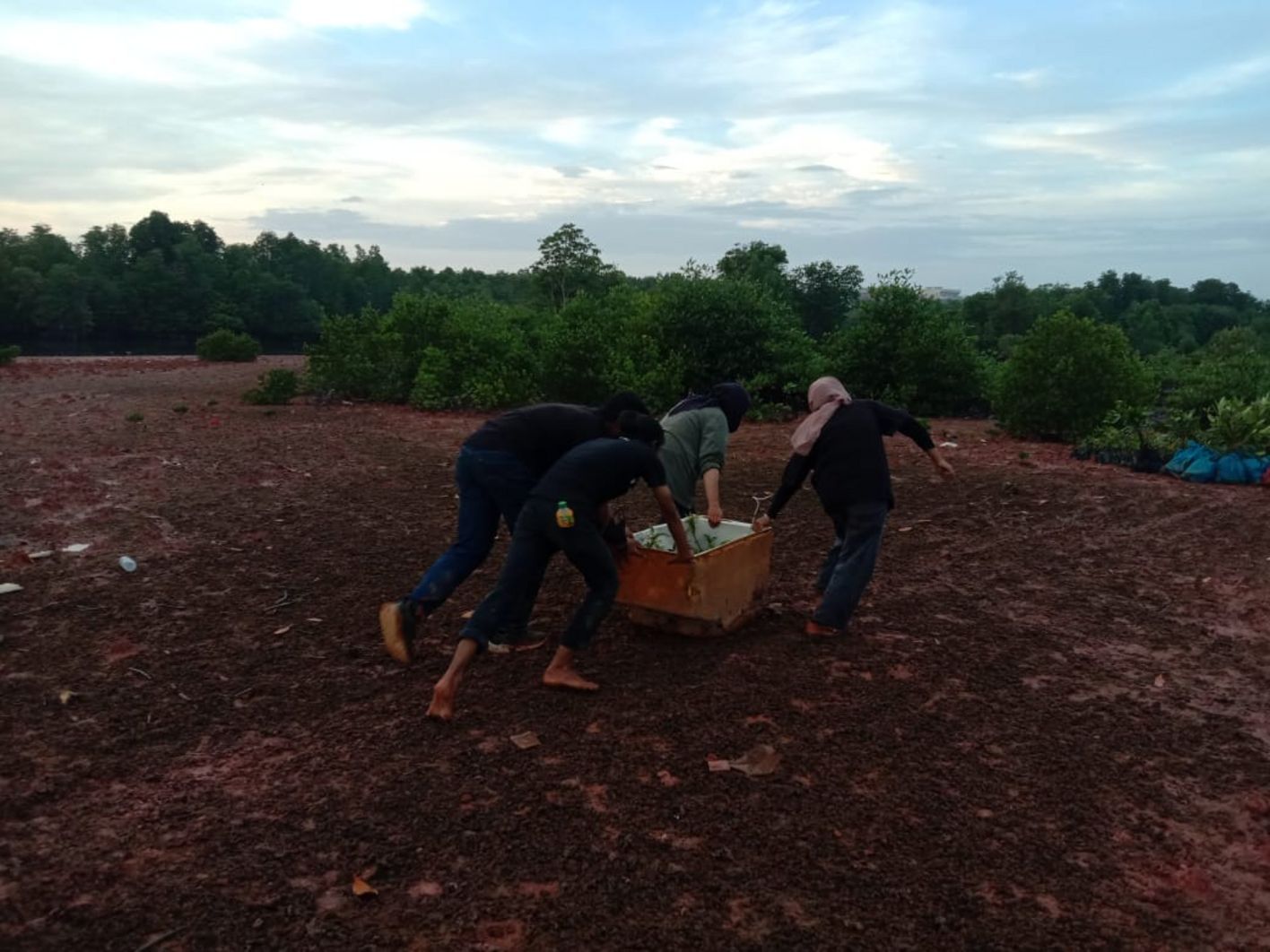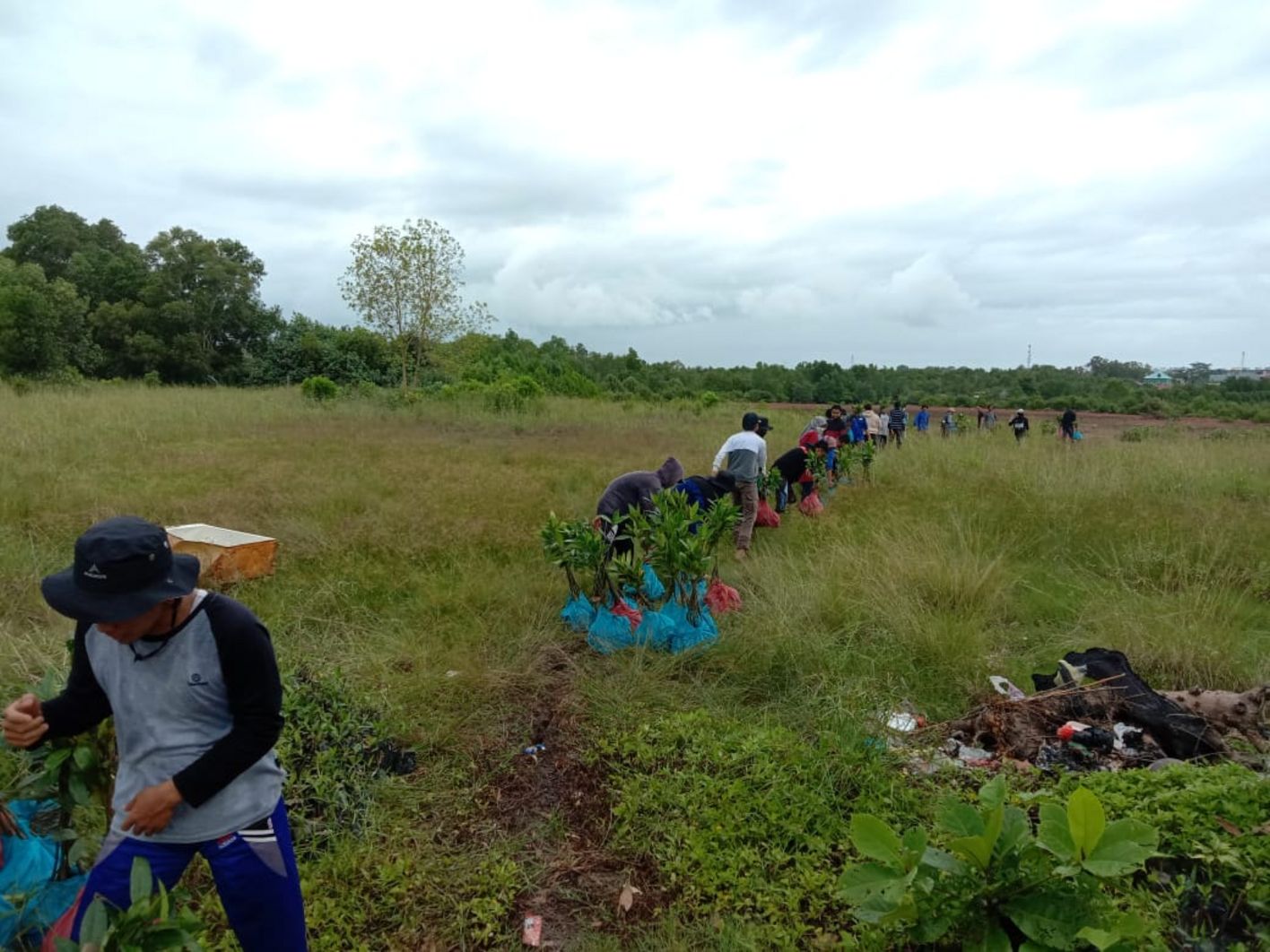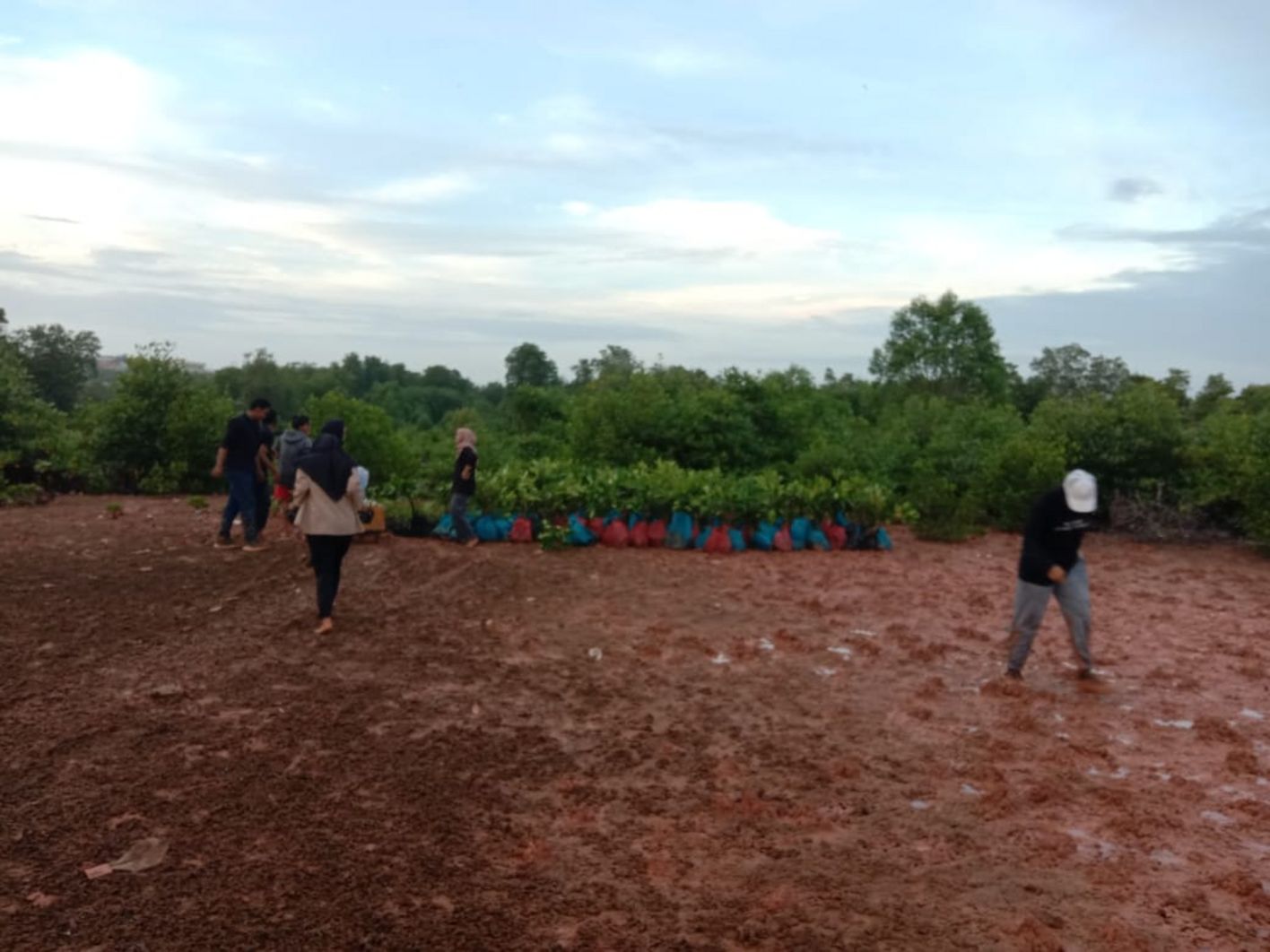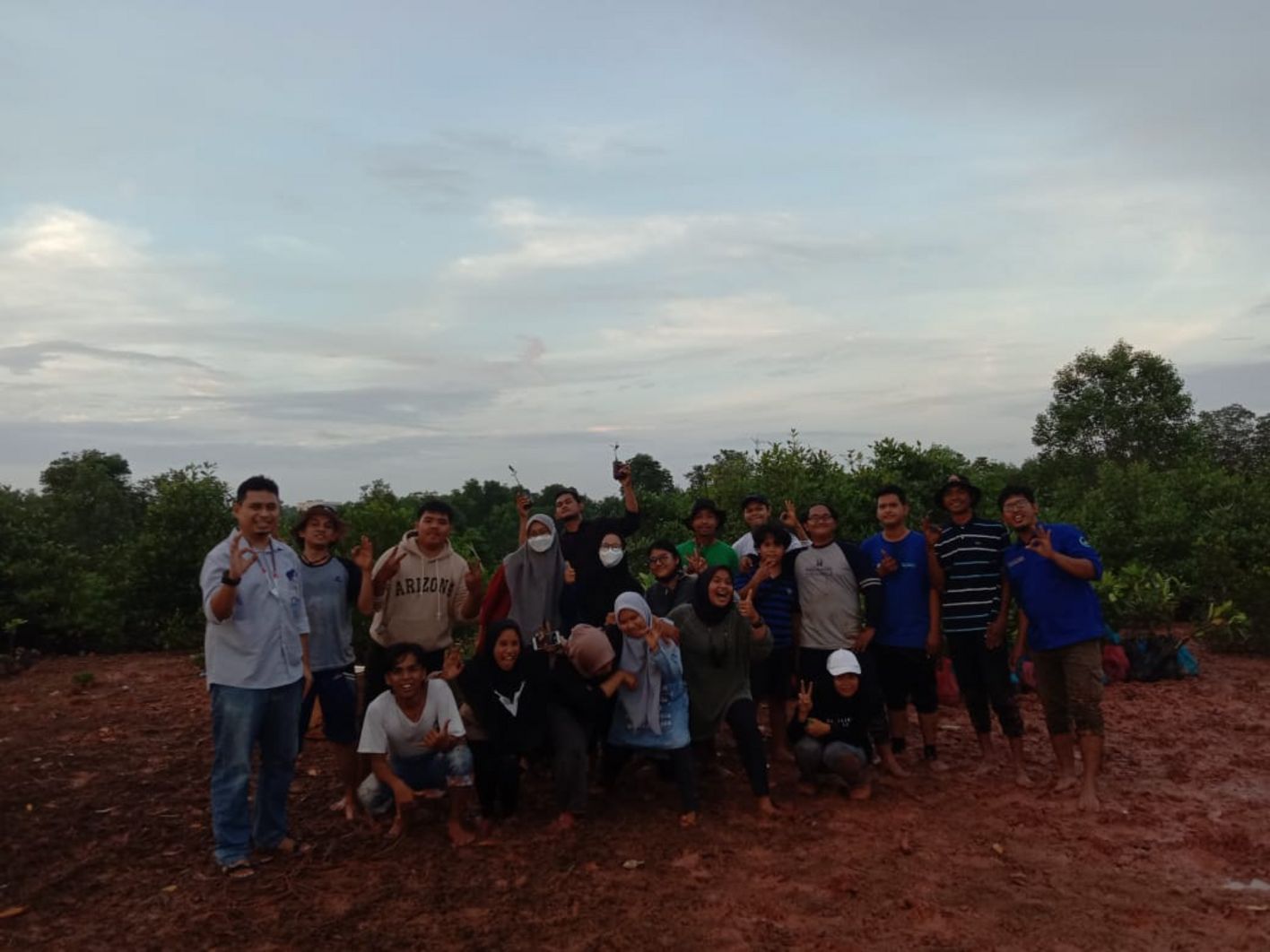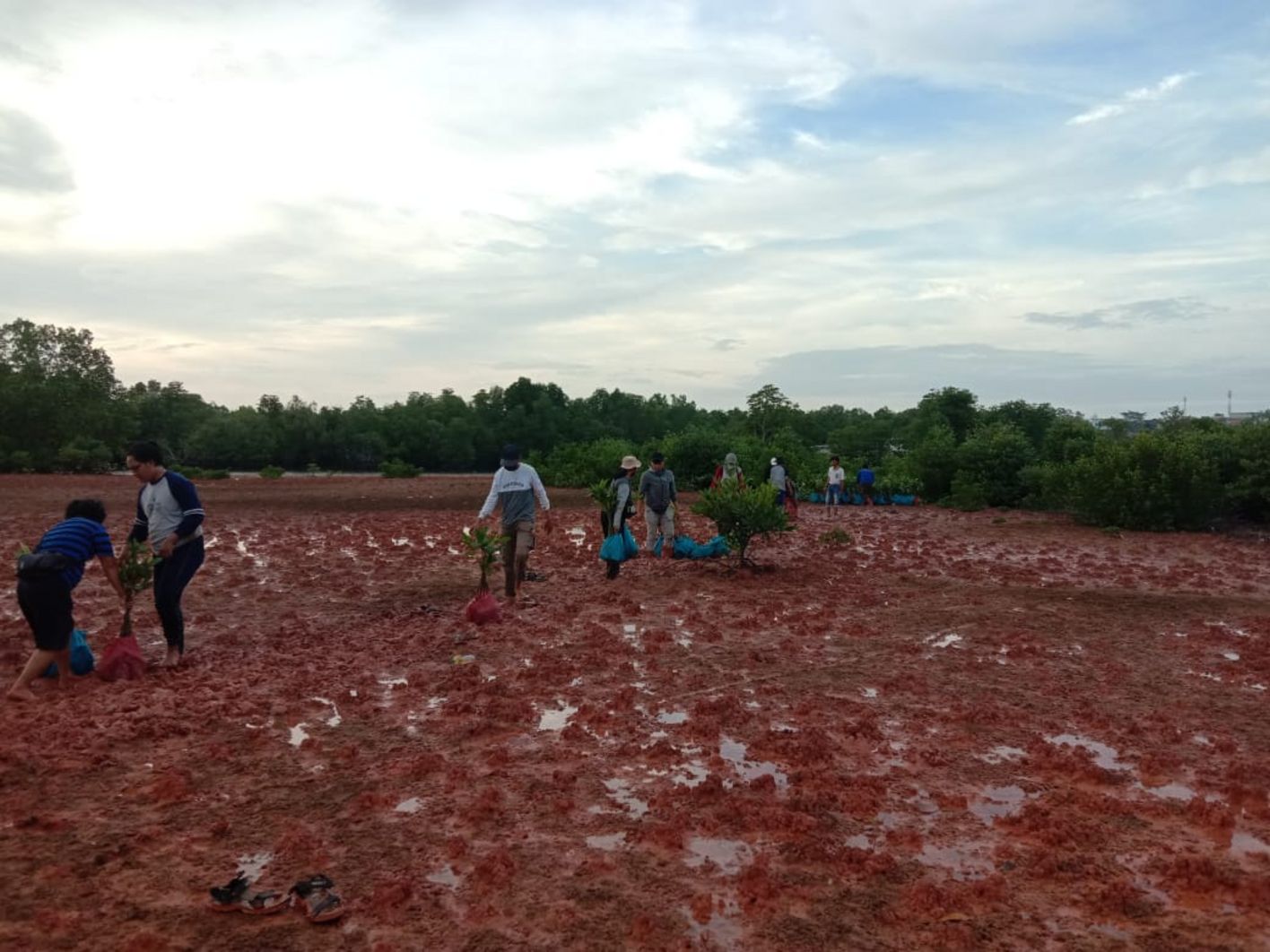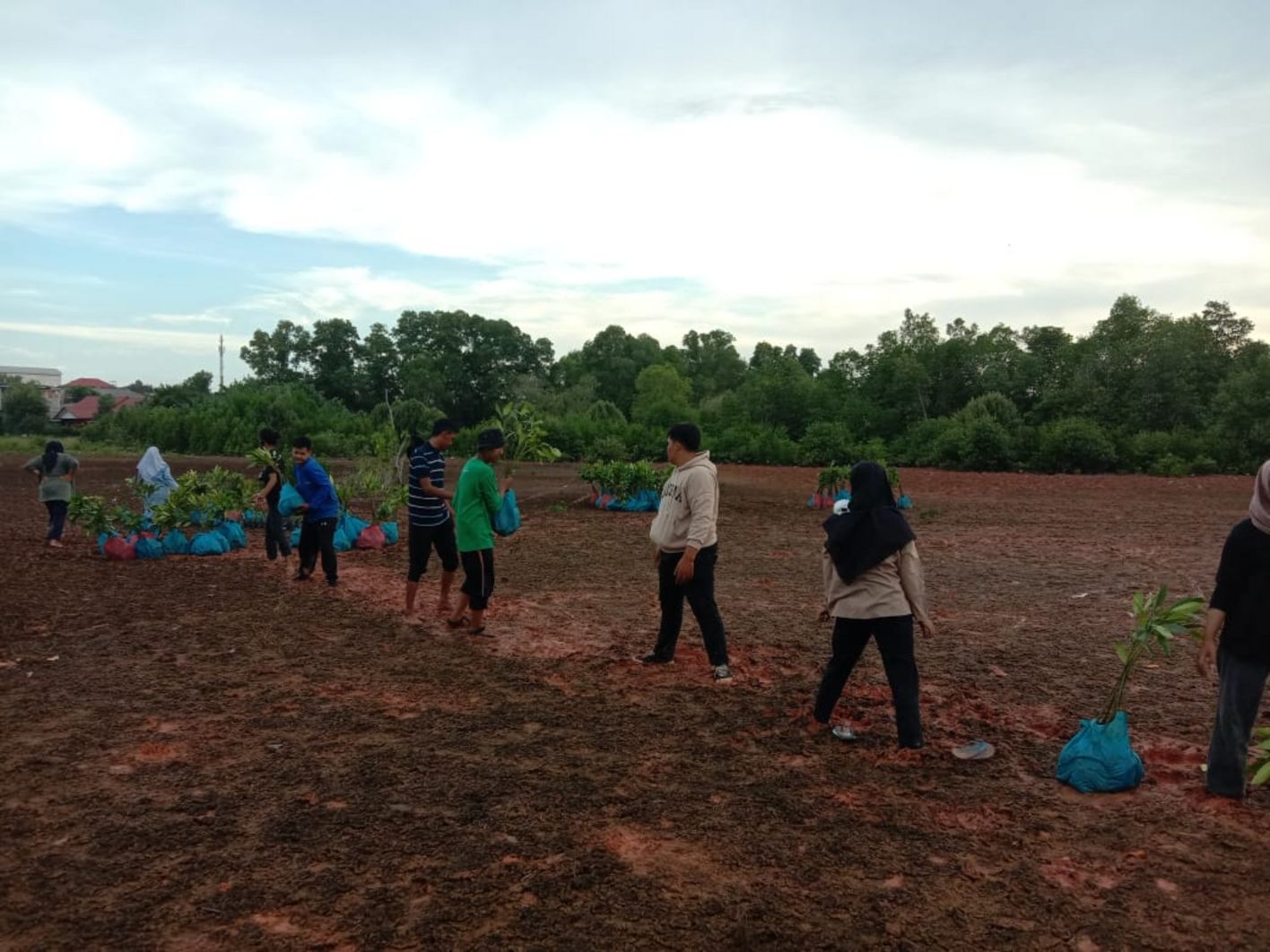Witteveen+Bos office Singapore aims for carbon neutrality
The Witteveen+Bos office in Singapore (WBSEA) is aiming to achieve total carbon neutrality. It therefore plans to compensate its own carbon emissions of around nine tonnes of CO2 a year during the coronavirus pandemic by replanting mangrove forests. To do this, we have joined up with LooLa Komunitas. A suitable location was found in Bintan, Indonesia.
There are two ways to become carbon neutral: by reducing emissions to zero or by compensating any (remaining) emissions. Compensation can be achieved by buying emissions rights or by investing in projects which reduce carbon emissions elsewhere. The Singapore office is already working on reducing its own emissions but did not want to wait for the results of the measures. It therefore decided to start compensating all the emissions now.
Jaïr Smits, head Witteveen+Bos office Singapore: 'Obtaining a “climate-neutral certificate” is actually very easy. The necessary emissions rights can be bought for a few euros. But that doesn't feel as if we are really making a difference. That's why we are planting 570 mangrove trees, which immediately provides us with a pilot from which we can learn for other projects.'
Other benefits
Besides storing carbon, mangroves have other ecological, economic and social benefits. Mangroves provide habitats for various flora and fauna on land and underwater, which maintain marine biodiversity and thus support local fisheries. Mangroves also protect the coastline by acting as a buffer against erosion and storm surges. ‘It is a nature-based solution which we are keen to apply in other places.’ However, the problem with nature-based solutions is that not much data is available about them to enhance design models. Most clients want facts to support policy or investment decisions. This project will be used as a case study to generate as much data as possible, also for projects for clients.
Collaboration
Witteveen+Bos has experience with planting mangroves, for example in the semipermeable mangrove dam projects at Demak in Indonesia, although that mainly concerned coastal protection. There we learned that, to ensure the long-term success of this project, it is important to engage the local stakeholders, like residents and public authorities. Which is why we expressly seek support from local governors and the population. To work together with the local communities, we have partnered with Dr Marc van Loo from LooLa Kommunitas. Together with Professor Henky Irawan from the Universitas Maritim Raja Ali Haji and our own ecologists, they selected nine potential locations on Bintan. Kelurahan Sei Jang was the first to be planted or replanted. The first trees were planted on 16 December in the presence of Pak Aprizal Bahar (Chief LHK Bintan), LHK chief of the Riau province, Pak Hendri, representing the governor’s office, and Ibu Desriyati, head of department, LHK Tanjong Pinang.
Mangrove forests play a role in the local food production, because of the many crabs which feel at home in this habitat. The chosen location on Bintan (Kelurahan Sei Jang) is a site where many existing mangroves were cut down for building plans which then failed to materialise. It is owned by the government. During the first day of planting, many residents helped plant the trees, supervised by the University.
Compensation ambitions
We calculated that planting 570 mangrove trees and ensuring that they really take root over the next two years will be sufficient to compensate for the 2021 emissions of WBSEA. After that, the mangrove trees will continue to compensate the carbon emissions every year. If we can fulfil our ambition to plant trees in the other eight locations too, we can compensate the carbon emissions of the entire organisation of Witteveen+Bos.
Preparations
Share this project
More information?

